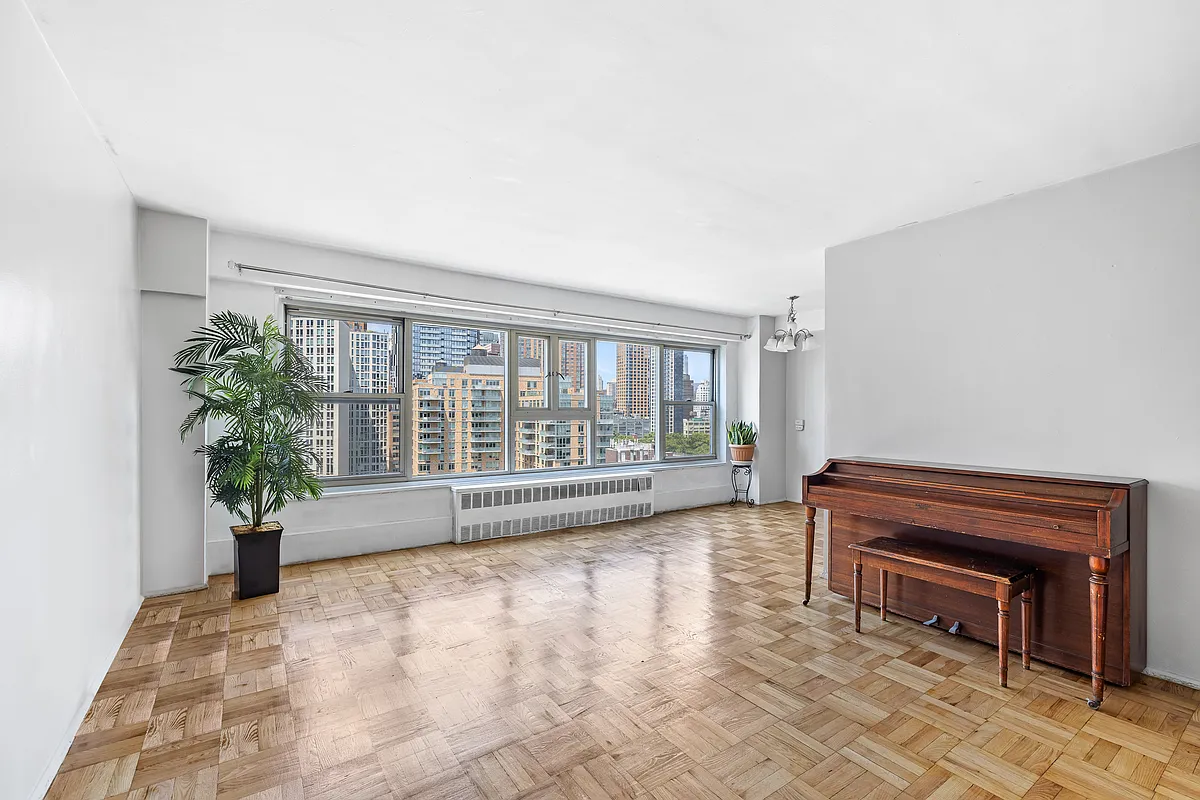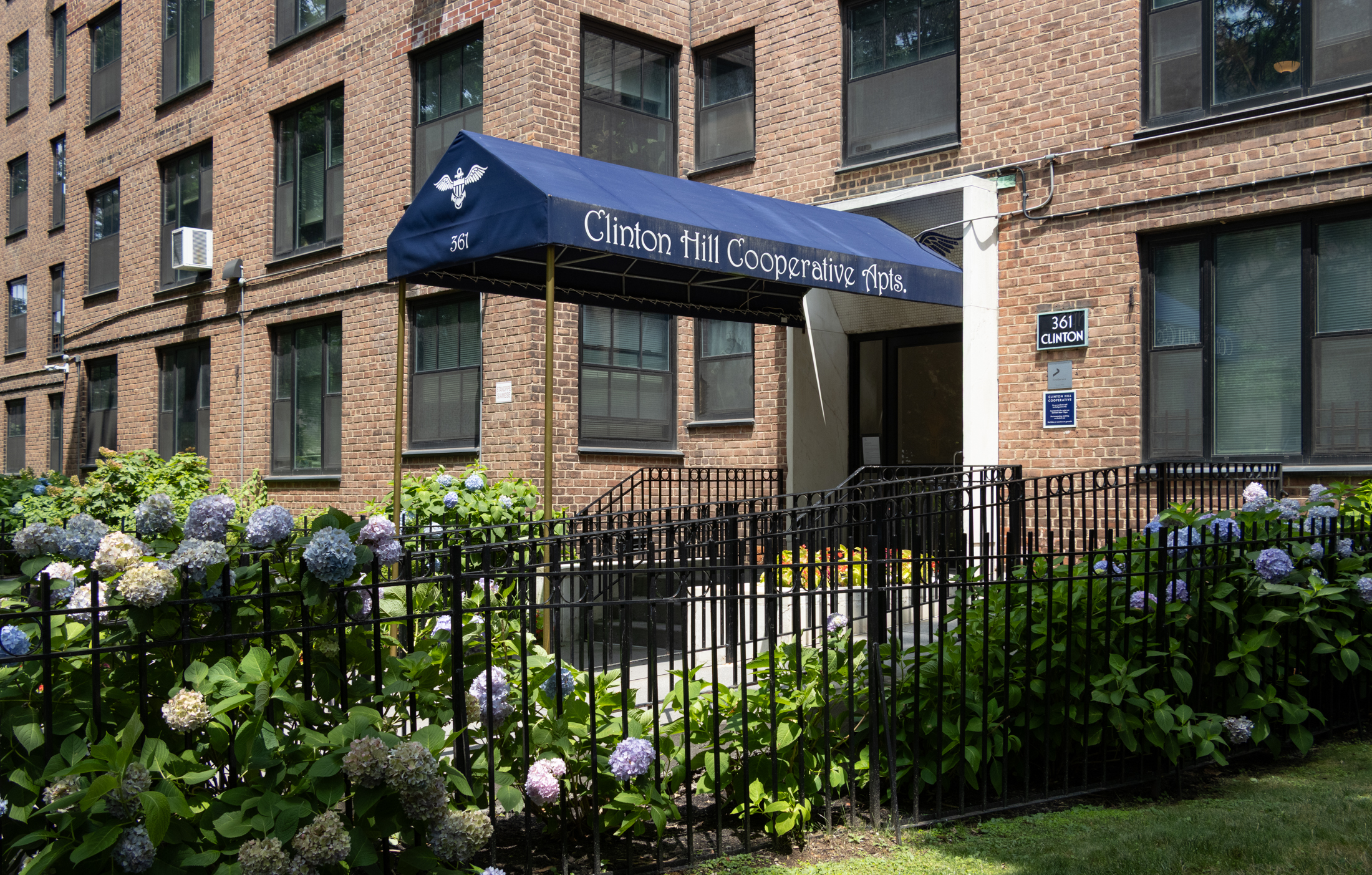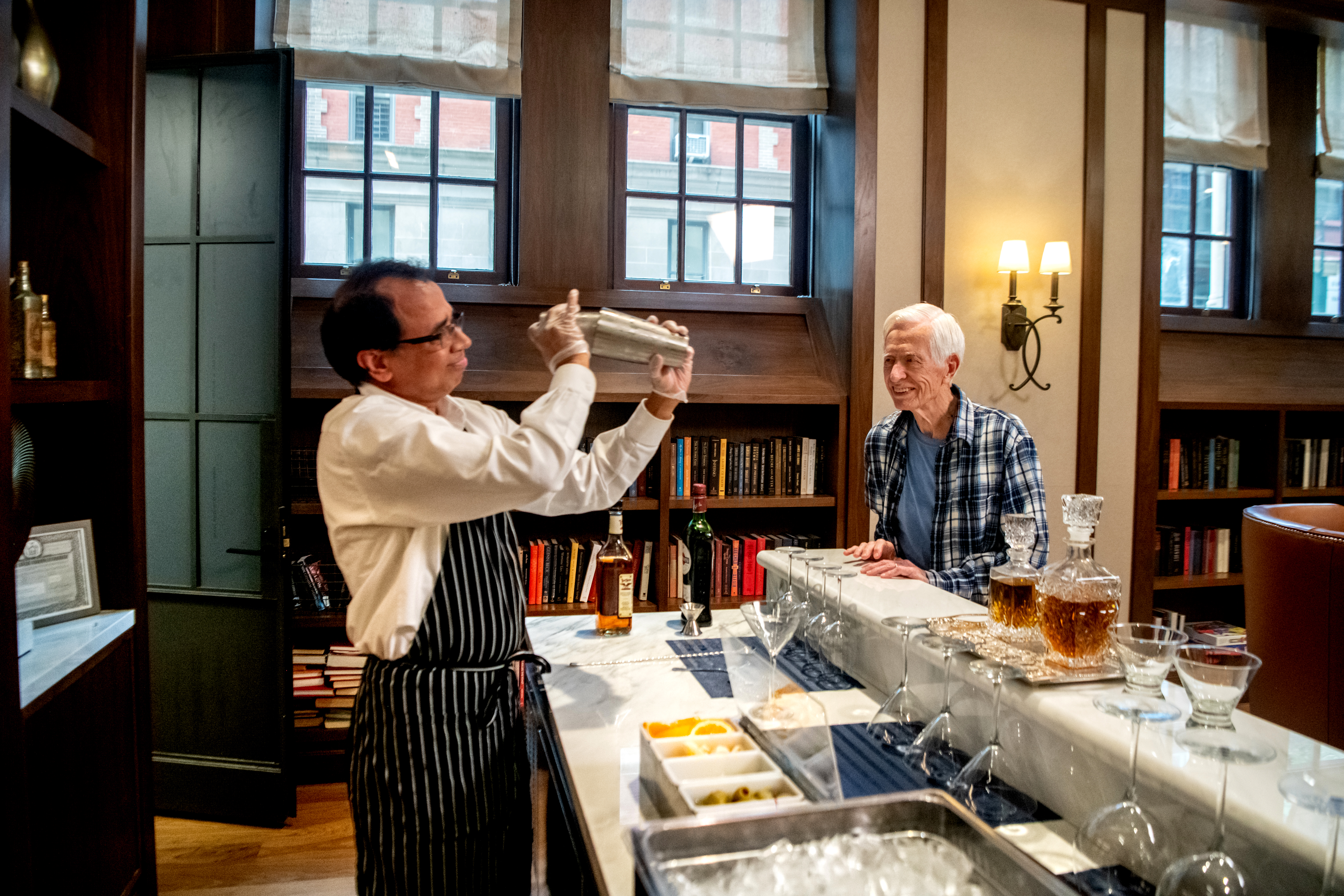Re-examining the Need for 421-a Subsidies
While we weren’t down with their methods, the folks from ACORN who stormed the Beacon in Dumbo a couple of weeks ago did have a point: It’s kinda silly that development subsidies put in place to stimulate building in the depths of the seventies market funk are still being used to put up luxury condos…

 While we weren’t down with their methods, the folks from ACORN who stormed the Beacon in Dumbo a couple of weeks ago did have a point: It’s kinda silly that development subsidies put in place to stimulate building in the depths of the seventies market funk are still being used to put up luxury condos in fancy neighborhoods in the biggest real estate bull market ever. Ariella Cohen digs a little deeper on the subject in this week’s Brooklyn Papers and finds that, in addition to the Beacon (which she reveals is 75% sold!), there are another 28 buildings currently in construction in the borough’s more upscale nabes that are benefiting from the same 15-year tax break. Except for the recently rezoned Williamsburg and Greenpoint waterfront, these subsidies carry no requirement to include affordable housing.
While we weren’t down with their methods, the folks from ACORN who stormed the Beacon in Dumbo a couple of weeks ago did have a point: It’s kinda silly that development subsidies put in place to stimulate building in the depths of the seventies market funk are still being used to put up luxury condos in fancy neighborhoods in the biggest real estate bull market ever. Ariella Cohen digs a little deeper on the subject in this week’s Brooklyn Papers and finds that, in addition to the Beacon (which she reveals is 75% sold!), there are another 28 buildings currently in construction in the borough’s more upscale nabes that are benefiting from the same 15-year tax break. Except for the recently rezoned Williamsburg and Greenpoint waterfront, these subsidies carry no requirement to include affordable housing.
Dated Perks Subsidize Luxury Condos [Brooklyn Papers]





Compare the Gehry horror with Arcosante. Is everyone afraid to say the truth? The AY design is awful. I wouldn’t care if Gehry was Michaelangelo reincarnated- it’s ugly, it doesn’t fit, and it has nothing to do with Brooklyn.
I know all that- and I think it’s a helluva lot better way to build up than big boxes that don’t even address the environment. And they are beautiful. You asked about alternatives- there’s one.
Dude are you okay??? Seriously ….
Paolo Soleri and Arcosanti is based on the theory of Arcology – which is based on HYPER-DENSITY
From the Arcosanti website:”In an Arcology, architecture and ecology come together in the design of the city.Arcology is the implosion of the flat megalopolis, the modern city of today, into a dense, complex, urban environment which rises vertically”
It is coherent but my main point was the the idea of fixing up infrastructure only around these big developments is like a band-aid. The whole system has to be fixed- that means more and better public transportation, which the city is not doing. Which is why people have to depend on cars- not a good thing in my opinion either. But what I said is true- bigger and more packed is harder on the environment. I don’t know the answer but I wish there was a true NYC planning commission that would come up with a good viable plan for building and infrastructure. But big boxes are not the answer. But if you know the work of Paolo Soleri and the cities he envisioned, which are based on environmentally sound principles- well, that’s a whole other ball game. Look up Arcosanti if you have a moment.
Anon@ 10:56 – no offense but your post is barely coherent
at one point you seem to be saying that as you move further out they rely on cars (which is my point) then you seem to say we cant have more density in the center – cause then we’ll be like “oppressive” manhattan and the bigger and more populated a city gets the worse for the enviroment.
SO after reading all this (besides confusion) I am left with a single question – where do you want to put new people coming and being born??
David- no one is advocating that. But the sardine can theory is a bad one for a couple of reasons: Our infrastructure is old and not in good shape. I see no evidence the City is interested in building more except as a means of pandering to big developers (ie West side stadium, Ratner). While it’s helpful to have upgraded facilities in the area of the development, a local solution is only a bandaid. The outer borough subway system gets more sparse as you go further out, and is in worse shape. People living farther out have to depend on their cars, or the less than ideal bus system, which is the slowest and most inconsistent way to get around.
There’s a psychological aspect (or anthropological if you will) too- the more impersonal the environment, the more disconnected people are as a society. Why do you think people tap in so much to computers and the internet? Socializing without socialization. If you’ve seen Blade Runner -who wants to live like that? Neighborhoods are vitally important to the life of a city. No one wants Brooklyn or any of the other boroughs to become as oppressive as Manhattan. Environmental pressures do affect us psychologically and biologically. Maybe if we were as polite as the Japanese it could work, but can you see New Yorkers allowing white gloved mta workers to pack them into a subway car until they fall out?
The amorphous issue of the humanities. Long considered the least important (by some anyway) body of learning, the reality is the desire for arts, music, literature, history, etc. is as old as humanity. Brownstone neighborhoods fulfill some of those needs. Not for everyone- true. But you shouldn’t undermine the importance of preserving pieces of the City’s past.
Cities are not meatpacking districts and people are not “softgoods”. The bigger and more populated the city, the more strains it puts on the environment.It may make more economic sense, but while fixing and maintaining the environment is more expensive, the highest cost is environmental damage.
It’s always the colored and poor making a big stink about everything. Get off welfare and get a job then you will be able to buy a place in one of these “luxe condos”.
Anonymous@6:25 – I never said ‘historical preservationists’ are luddites- I am all for preserving historical structures; what I am not for is preservation of some misguided notion of what NY and Brooklyn is supposed to be based on a false history and ridiculous nostalgia.
I live in lower PS; tall buildings are going up all around me (practically by the day) and that doesnt include AY – if that ever happens, so it isnt NIMBY I am more than glad that 4th ave ( a wide street w/ subway) is being properly developed to take advantage of its existing infrastructure ( frankly I think it should be zoned higher)
Maybe luddite is the wrong term, but the world is getting hotter, traffic is getting worse and oil is at 70 a barrell and under the feet of a bunch of lunatics in the middle east – So if you want to live in a successful and growing metropolis of 20 million+ people, our development is going to have to be concentrated and take advantage of our current infrastructure (while hopefully building more) or we can cling to some 150 yr old (false) notion of Brooklyn , push development away and let the chips fall where they may…
So then you are against eminent domain? “And it’s that person who should have the say over what happens to it.” Works for me. I also agree that old isn’t necessarily better, but there is something dreadful about a beautiful old building being gutted of its details or demo’ed that is just so sad, and a loss for the city. Some stuff isn’t worthy of preservation (Huntington Hartford bldg is a case in point) and some is so common that they are (I hate saying this) somewhat expendable. But somehow we have to strike a balance between what is worth preserving and what can be given over for the greater good.